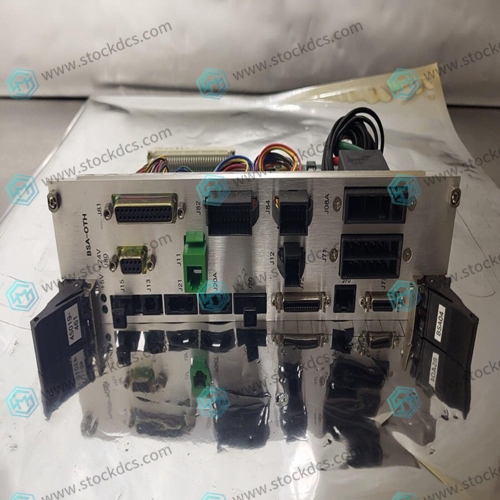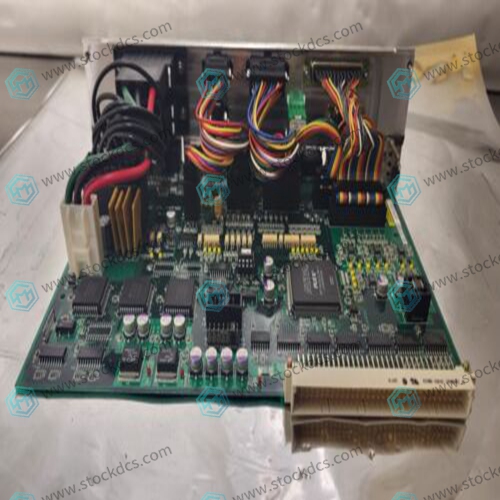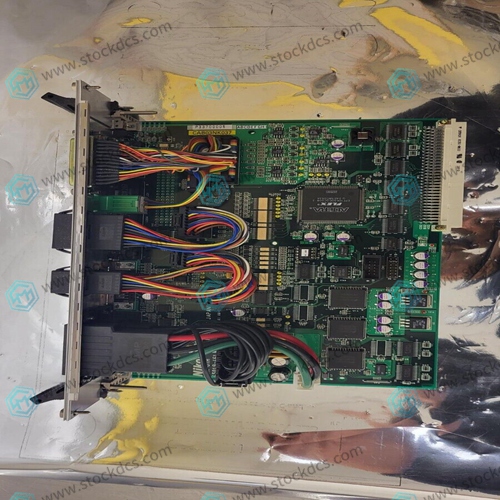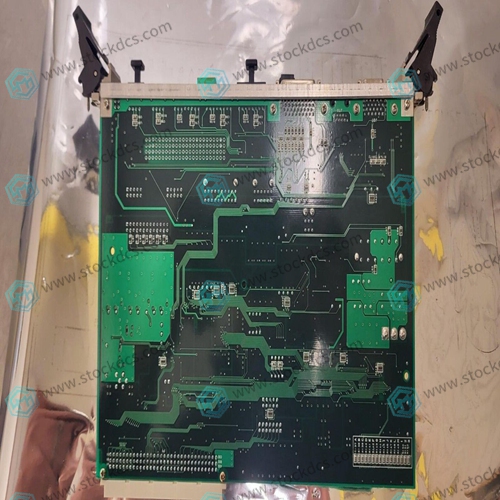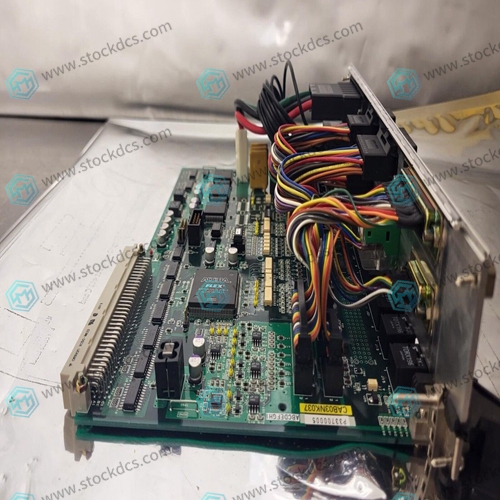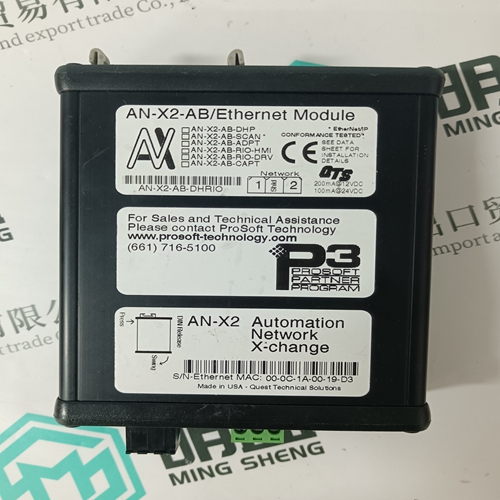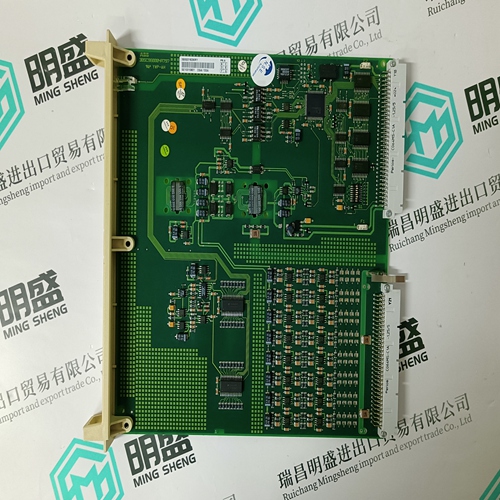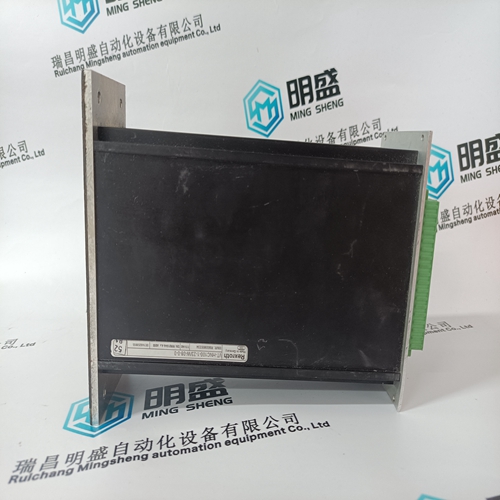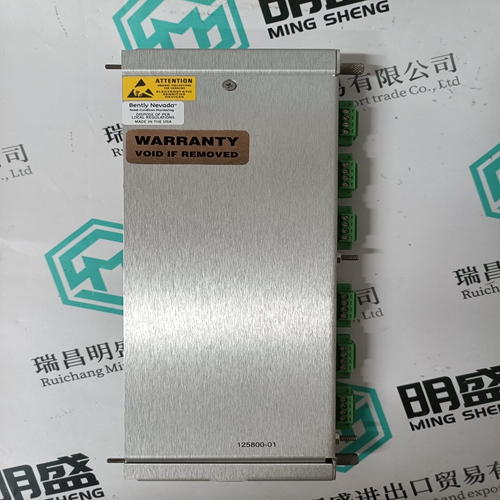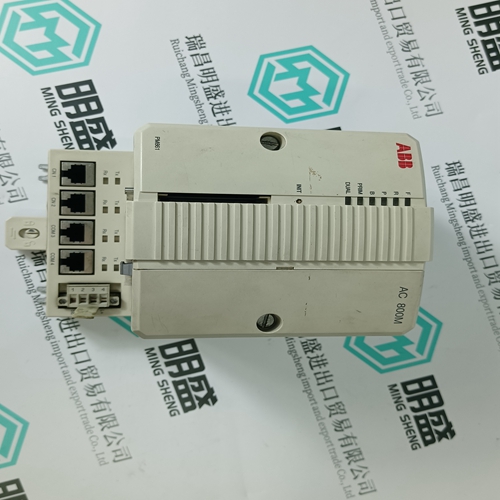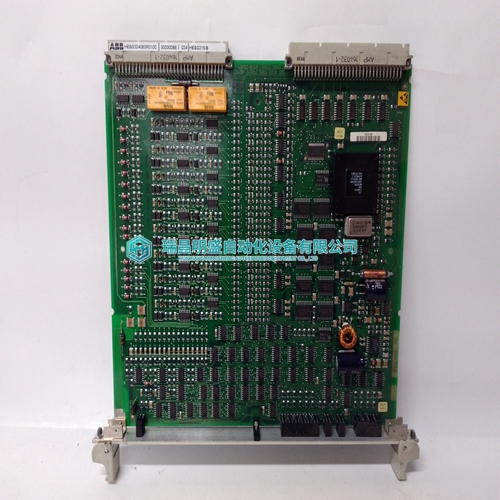Home > Product > Robot control system > Nikon 4S019-461 processor
Nikon 4S019-461 processor
- Goods status: new/used
- Delivery date: stock
- The quality assurance period: 365 days
- Phone/WhatsApp/WeChat:+86 15270269218
- Email:stodcdcs@gmail.com
- Tags:Nikon4S019-461processor
- Get the latest price:Click to consult
Nikon 4S019-461 processor
Product Details Introduction
The Nikon 4S019-461 processor, also known as the Central Processing Unit (CPU), is one of the core components in a computer system. It is responsible for executing computer program instructions, performing data processing, and controlling various computer operations. The processor is the "brain" of a computer, which determines its performance and capabilities. The following are some common product features of processors:
Architecture: The Nikon 4S019-461 processor can adopt different architectures, such as x86, ARM, MIPS, etc. The architecture determines the instruction set and execution mode of the processor.
Number of cores: The Nikon 4S019-461 processor can have one or more cores. Multi core processors can perform multiple tasks simultaneously, improving multitasking processing capabilities.
Clock frequency: The clock frequency is the operating clock speed of the processor, usually expressed in Hertz (Hz). A higher clock frequency usually means faster computing speed.
Caching: Nikon 4S019-461 processors typically have multi-level caching, including L1, L2, and L3 caching, to accelerate data access. Larger and faster caches can improve performance.
Process technology: The manufacturing of Nikon 4S019-461 processors typically uses specific process technologies such as 14nm, 7nm, etc. Smaller process technologies typically provide higher performance and energy efficiency.
Power consumption: The power consumption of the Nikon 4S019-461 processor refers to the amount of electrical energy it consumes during operation. Low power processors are suitable for mobile devices and portable computers, while high-performance processors typically require more power consumption.
Instruction Set Extension: Some processors support specific instruction set extensions to accelerate specific types of computing tasks, such as multimedia processing or encryption.
Architecture support: The Nikon 4S019-461 processor can support different operating systems and architectures, such as 64 bit processors supporting 64 bit operating systems.
Virtualization support: Some processors support virtualization technology, allowing multiple virtual machines to run on the same computer.
Integrated graphics: Some processors integrate graphics processing units (GPUs) for processing graphics and multimedia tasks.
Security features: Processors can include security features such as hardware encryption and virtualization security to improve system security.
Price: The prices of different processors vary greatly, usually related to performance and functionality.
Product image
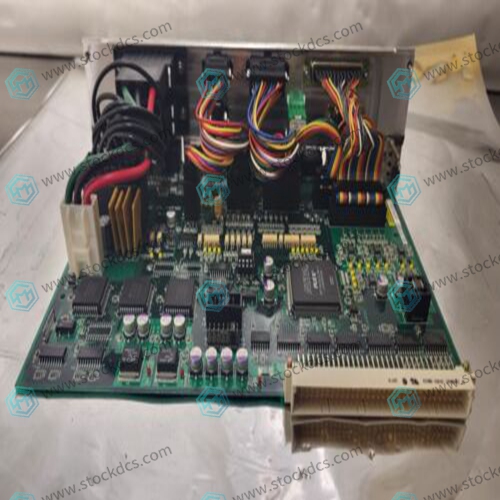
Related products:
Nikon 4S019-259 Robot Interfac
其他网站链接
